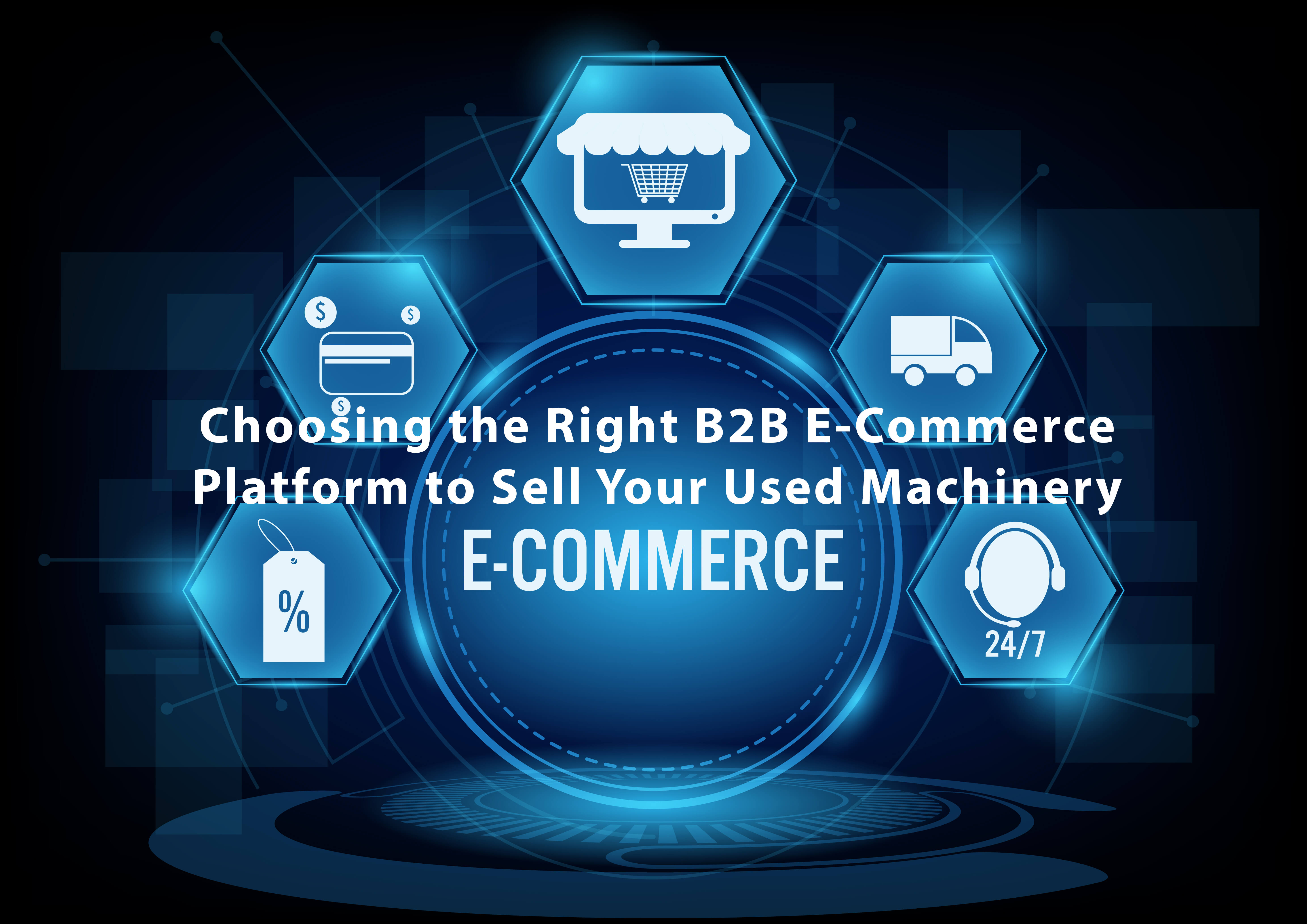Any business person aims to make many sales to stay afloat. Choosing the right B2B marketplace help, you grow your business to a whole new level. There are many B2B marketplaces on the internet that makes it hard for sellers to choose on that best suits their needs. Whether one decides to go for a leading B2B European marketplace or a small dedicated niche website, it must help a seller get buyers and offer the customer good shopping experience. The latter especially is very important if a customer is to keep shopping at the same B2B marketplace. So how then can a seller find a B2B marketplace that best suits their needs?
1. You should agree with the policies and objectives of the platform:
Because there are numerous B2B marketplaces on the internet, they are bound to be different in the way they conduct business. As a seller, you should agree with their business model and make sure that they do what they promise to do for you as a seller. Consider their payment policies, seller agreements, commissions, user support among other important things. In case you are in doubt, ask questions and keep doing your research until you are satisfied. If you and the platform have different goals, then you will struggle with sales on the platform.
2. The cost of doing business on the platform:
Different B2B eCommerce platforms exist because they earn a certain percentage every time a sale is made. If as a seller you factor in everything all the costs of selling your used machinery on a certain platform, you should make a decent amount afterward. Avoid platforms that overcharge you on commissions and make you shoulder a lot of the expenses. This is important especially to people that are selling used machinery as a business and not as a one-time thing.
3. How easy to use is the platform?
With many e-commerce platforms in the market, people will gravitate towards those that are easy to access and use. If a platform can be accessed even on the smallest device and still performs the same as if one is using a PC or laptop, then that’s where many buyers would be. The platforms should be responsive and offer the best user experience. It should allow the buyer and seller to communicate with each other and offer easy payment plans within the platform. This not only protects the seller form fake buyers but also the buyer from fake sellers.
4. Is one’s business on the platform scalable?
Again, this may not apply to one-time sellers because once they have sold the equipment, they don’t need the platform anymore. For people that are looking to start used machinery resell business, they have to consider that their business will grow and they will need a platform that will take that into account. How e-commerce sites do this is by providing features on the website that allows one to create more than one storefront. This allows the seller to target the audience they want by offering different products. Each storefront can be used to sell individual products.
5. Personalization and customization:
When choosing a good B2B platform, ensure that it is flexible enough to suit your needs at different stages of your business. It should allow you to scale up and down whenever you want. You should be able to change the appearance of your storefront from the backend. Make it suit your needs and that of your potential client. For example, you can choose the features that you think are important for your clients such as an increase in the number of photos you can upload a product. For personalization, choose a platform that targets customers with something they are interested in based on their recent searches. This ensures that potential customers are made aware of your products and are directed to your storefront.
There are many popular and smaller, dedicated B2B e-commerce platforms to choose from on the internet. You need to choose a platform that takes care of your needs as well as those of the customer. Also, if an e-commerce platform can help customers discover your page with ease, it is the right platform for you.
Read Also:






















